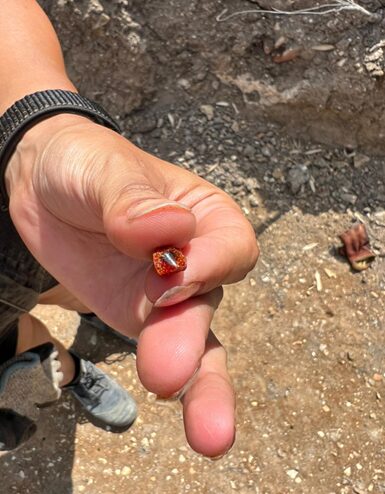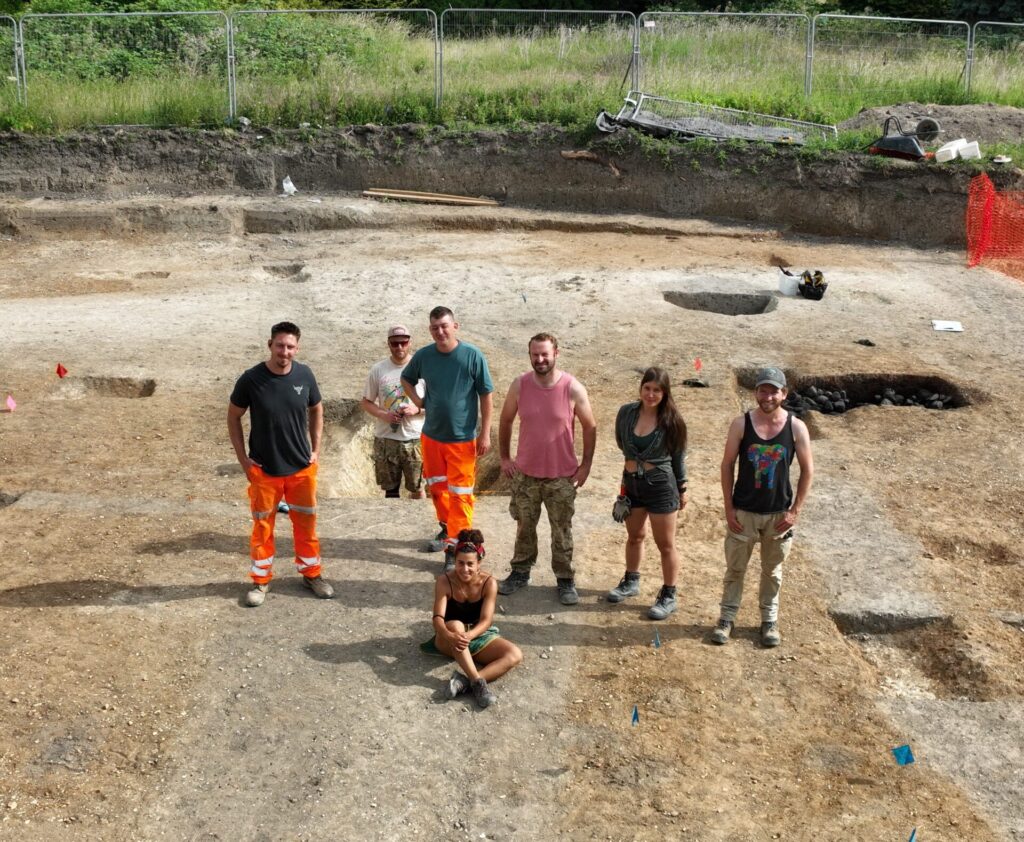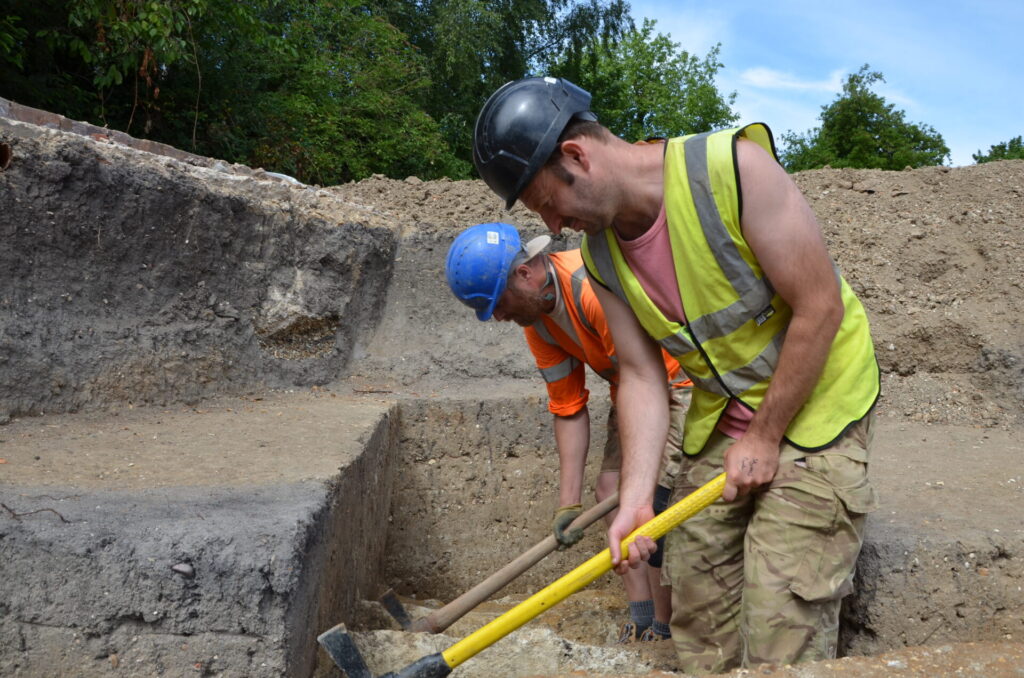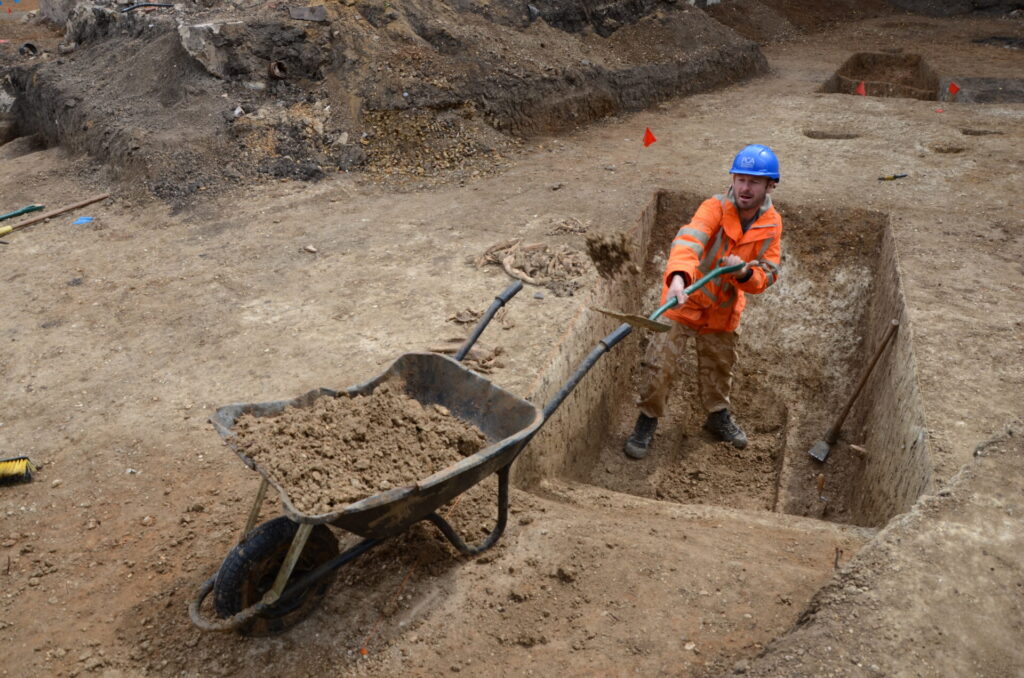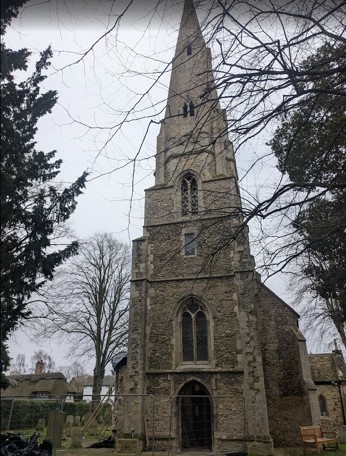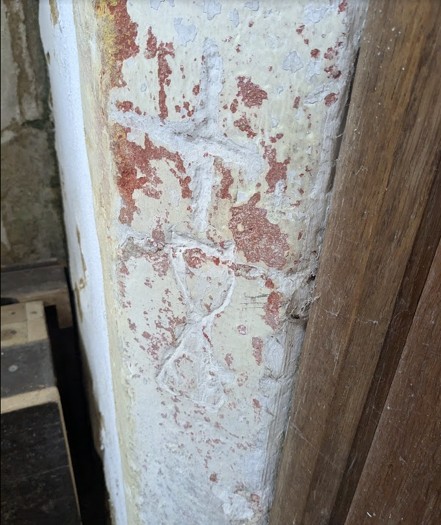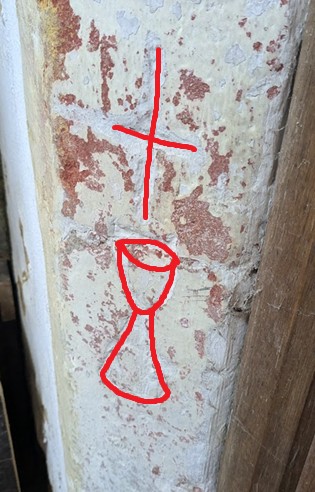
Following the recent Current Archaeology feature on Little End, written by Isobel Woolhouse, we’re delighted to share that the project has been shortlisted for Rescue Project of the Year in the 2026 Current Archaeology Awards.
This nomination recognises the significance of PCA’s work in recovering the story of a small community that had slipped almost entirely from view. Little End might once have been a modest corner of Eaton Socon, but its archaeology has proved remarkably rich, a reminder that the everyday lives of rural workers are every bit as vital to our history as the better-known narratives.
We’d like to thank Sue Jarrett, whose extensive local research helped restore the identities of Little End’s former residents, as well as Jonathan House, the site team, and everyone involved in analysis and interpretation.
If you found the article compelling, or if you value the rescue of sites that would otherwise be lost forever, we’d be hugely grateful for your support!
Voting is now open: www.archaeology.co.uk/vote










